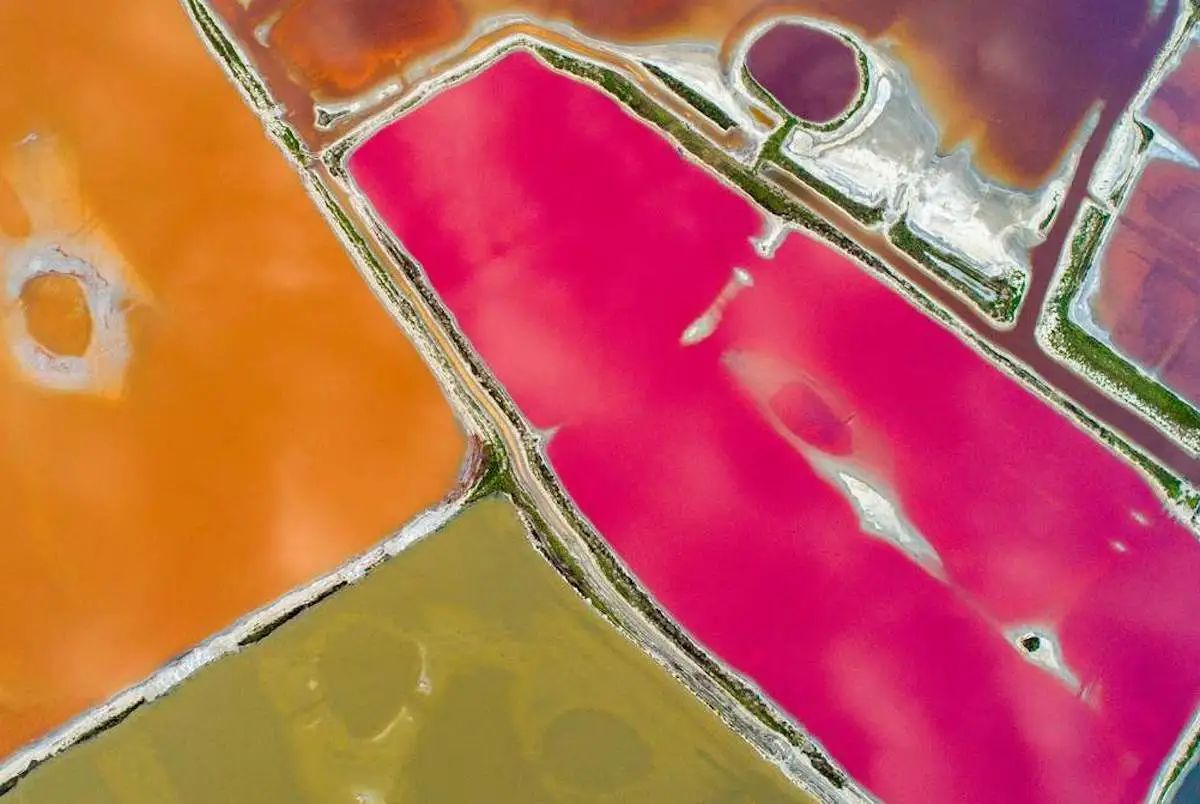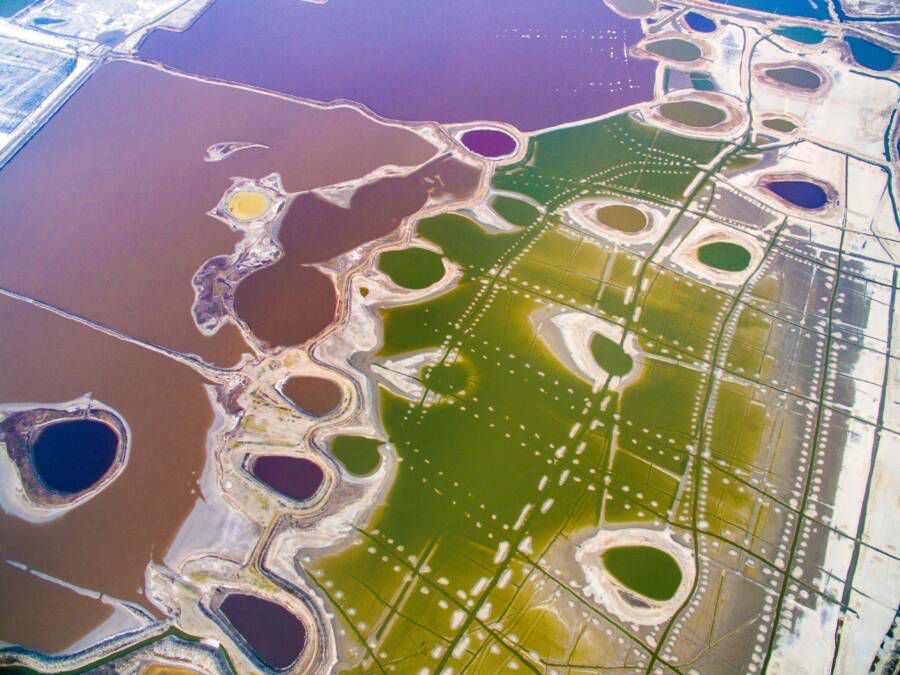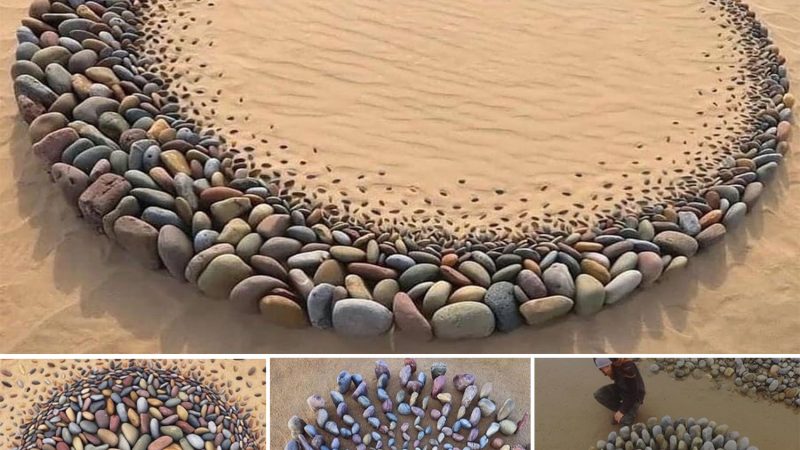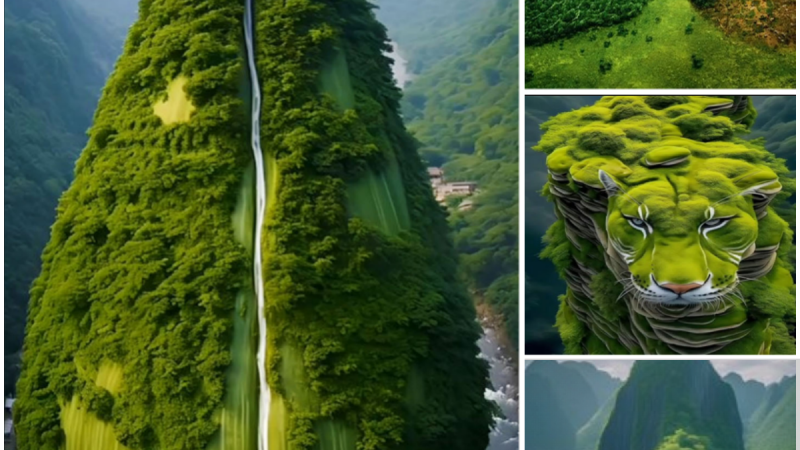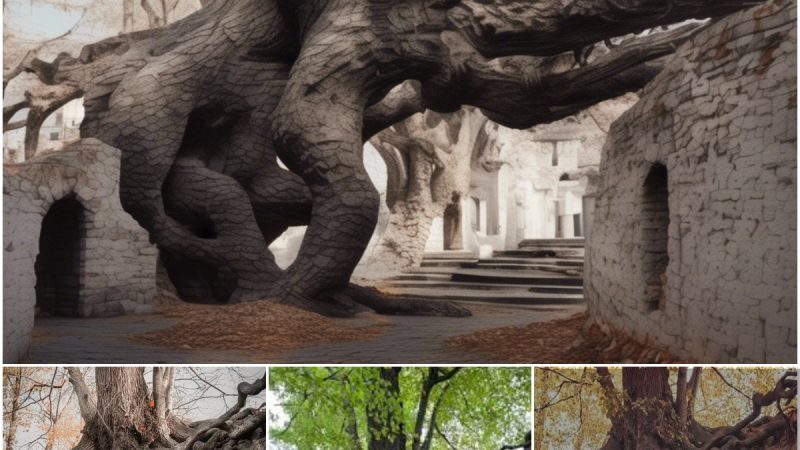The colorful Yuncheng Salt Lake
For thousands of years, Yuncheng Salt Lake has served as an important source of salt for residents all over China. Located in the Shanxi Province in Northern China, the lake, nicknamed “China’s Dead Sea,” has been the focus of numerous wars, territorial disputes, and religious traditions for over 4,000 years. Ancient people even worshipped “salt gods” in nearby temples to pay homage to the lake.
The lake is not just functional, however. Because of the always-changing composites of the lake and silt, the water is a living kaleidoscope of color. In the summer, blooms from the algae Dunaliella Salina cause the water to present a rainbow of crimsons, blues, and greens. The myriad jewel tones look like a stained glass window from above, separated by the grey lines of the salt ridges.
In the winter months, the algae fade and are replaced with a crystalline display of fantastical sculptures. The structures, created from mirabilite or “Glouber’s salt,” consist of a thick, quartz-like sodium sulfite that grows in cold temperatures.
Yuncheng salt was traditionally harvested for culinary use, through a five-step process that the Shanxi Province has officially recognized as a piece of the region’s intangible heritage. Since the 1980s, however, producers have abandoned this process and pivoted toward industrial harvesting. Locals hope that the influx of visitors interested in marveling at the lake can also help inspire the preservation of local salt harvesting traditions, and of the rich ecosystem that has given rise to an extraordinary natural beauty.
Hits: 0
